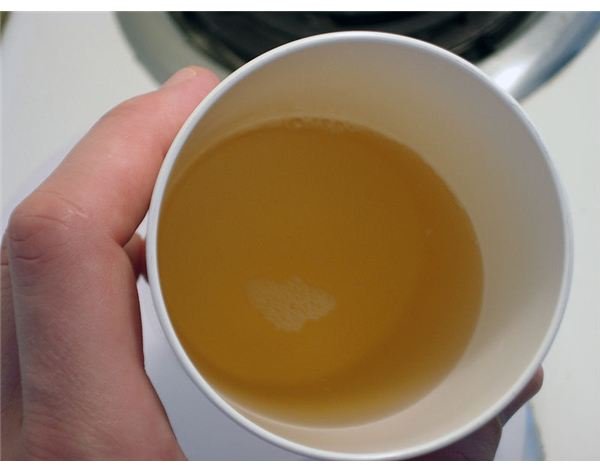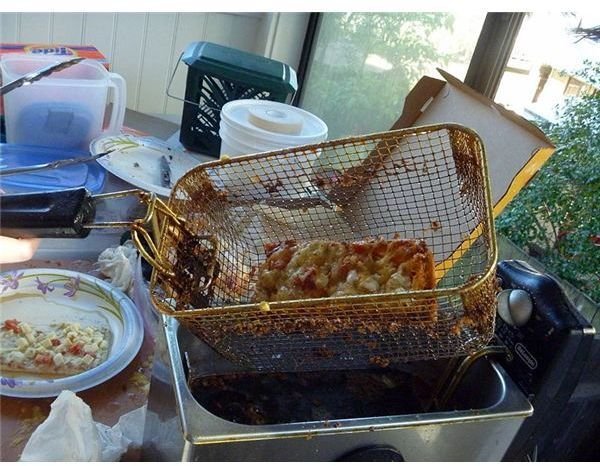Learn How to Reuse Cooking Oil
There’s a lot of cooking oil that goes into frying, and for most of us it’s a pain to discard the fryer oil after using it just once. Thankfully, there’s an easy way to purify and reuse cooking oil. But before we talk more about how to reuse cooking oil, here are some tips on how to prevent vegetable cooking oil from deteriorating with every use.
How to Make Fryer Oil Last Longer?
There are some easy precautions that can keep your frying oil in good condition, so that it can be filtered and reused again and again.
-
Never let the cooking oil heat up to temperatures (400 degrees Fahrenheit or above for most cooking oils) where it starts smoking. Because burnt oil is difficult to purify and there’s no way to get rid of the burnt smell. Also, burnt cooking oil isn’t recommended from the health point of view, which will leave you with just one option and that is to discard it.
-
Ideally, fryer oil must be filtered and purified after every two or three uses and you mustn’t let it sit in the fryer for days before
you think about purifying it.
-
When frying foods dipped in batter, wipe off the excess batter before putting the foods into the fryer. The same rule goes for foods rolled in bread crumbs.
-
Whenever frying foods that leave behind a strong odor in the cooking oil, fry a few slices of potatoes in the oil after you’re done with the frying. Potatoes will absorb the odor, to some extent, although not completely.
Purifying and Filtering Cooking Oil for Reuse
To purify and reuse cooking oil you need just a few basic things, most of which can easily be found in every kitchen, or are readily available. Here’s a list of the things required:
- Conical strainer or some other metal strainer
- Cheese cloth ( enough to layer the inside of the strainer)
- Paper towel
- Ginger slices ( about 20 grams per 1 liter of cooking oil)
- Airtight glass jars or bottles for storage
The Procedure
This procedure for filtering and reusing cooking oil requires the oil to be heated, so avoid using anything made of plastic throughout the procedure. Another important precaution to observe is to make sure none of the things used during the procedure are moist or wet.
-
To begin with, strain the cooking oil once using a strainer to catch and remove any coarse food particles.
-
Heat the oil to a temperature of about 170 -200 degrees Fahrenheit, and put in the ginger slices. Turn off the heat after about two or three minutes, and let the ginger slices remain in the cooking oil while the oil cools naturally. Ginger will absorb most of the odor and taste of the foods that were cooked in the oil.
-
When the cooking oil has cooled down to about 120 degrees Fahrenheit, which will be approximately 10-15 minutes after

turning off the heat, it’s time to filter the oil.
-
To make the filter, line the conical strainer with the paper towel, making sure that there is no place from where the oil can leak out without passing through the towel. Next, line it with the cheese cloth in the same fashion.
-
Place the filter on some container that is big enough to hold the amount of oil being filtered, and pour in the heated oil into the filter.
-
Since the filter we’ve made is really fine, it may take up to 15 minutes for one liter of oil to pass through it.
-
When the filtered oil reaches room temperature, you can transfer it to the storage jars. Close the lids tightly and store them in the refrigerator.
This procedure for filtering and purifying cooking oil for reuse is fairly simple. And making it a habit to reuse cooking oil can be your small step towards greener living. This procedure can be repeated three to four times before you finally need to discard the fryer oil, which means a little effort can save you some goodly amount of money too.
References:
In addition to the author’s personal experience, the article has been supplemented with additional information from:
Image Credits:
- Used Cooking Oil in a Fryer – Edward, https://commons.wikimedia.org/wiki/File:Pizza_in_deep_fat_fryer_3.jpg
- Purified Cooking Oil for Reuse – FlickreviewR, https://commons.wikimedia.org/wiki/File:Walnutoil-cup.jpg
